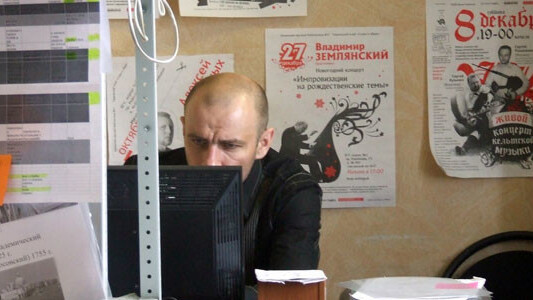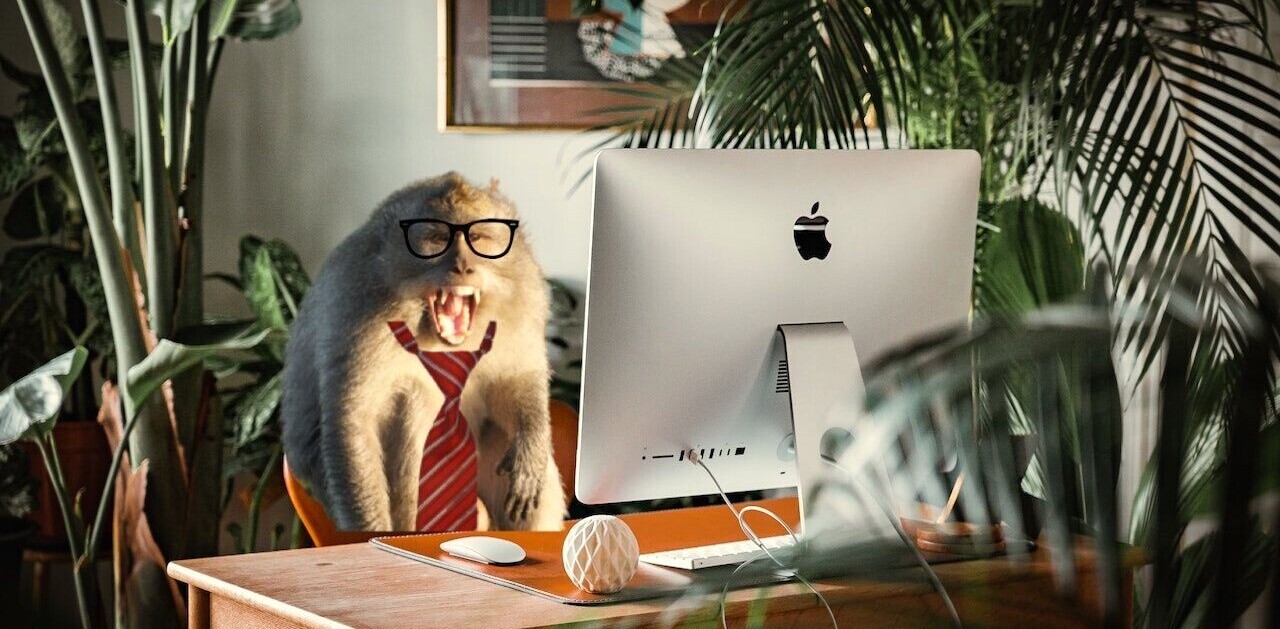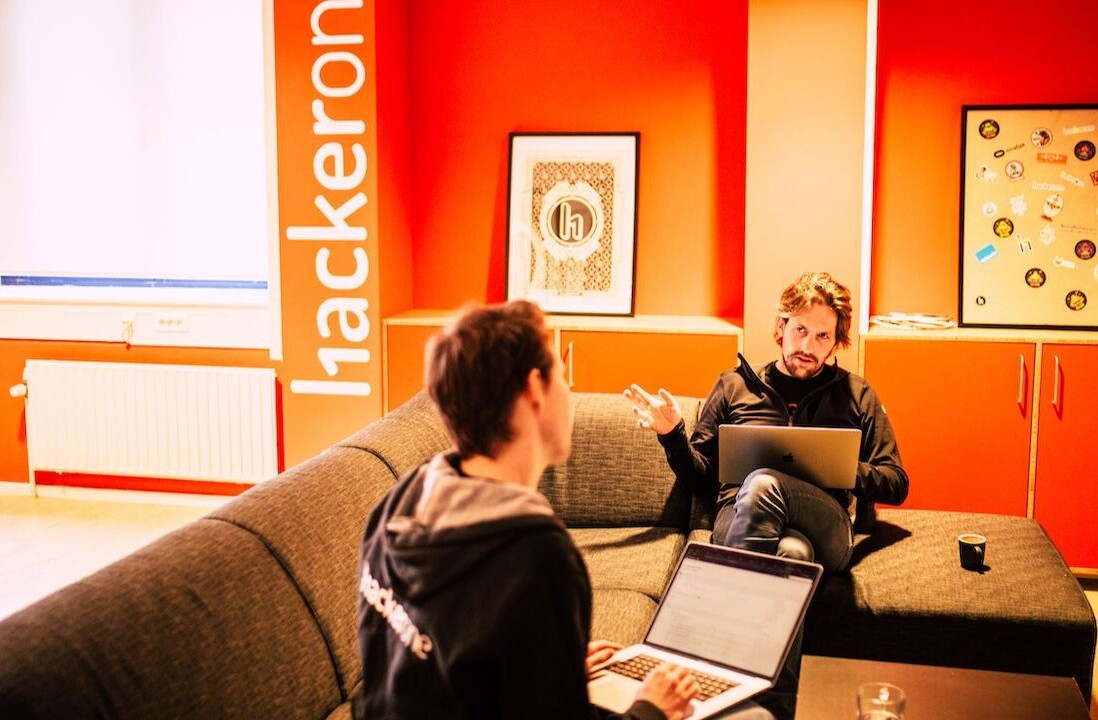
It’s often considered much easier to hire a design agency over a freelance web designer. They manage the project internally so you don’t have to worry about banal details, and have a deep knowledge of the strengths and weaknesses of each member of their team.
They can also be expensive, and at times less responsive than the nimble freelancer.
So you want to go with a freelancer, but how do you make the hire? Where do you look? What do you look for? How do you approach them?
What Style of Web Designer Are You Looking For?
At the start of your search, decide what you want — beyond just the function of the site. Is it grungy or heavily textured design that’s called for? Modern or minimalist?
Web designers come in various shapes and sizes. Many specialize in one technology or another, and further, some specialize in specific visual styles or servicing a particular demographic. I know of a few designers who do nothing but political sites all day, every day — and they nail the style that they are known for.
While expertise in a style can be useful, and an agency or freelancer that targets your specific area might sound great, there are some who simply re-hash the same few designs over and over again. There’s a big difference between knowing a particular style of design well and innovating within that style, and trying to make a living as a one-trick pony with under-developed skills.
“Beware the designer that has a porfolio filled with variations on one style. If you look at their portfolio and they have nothing but clones of one design, or a basic look that’s adjusted for the type of Website they’re designing, they’re probably a one-trick pony and do not have good enough skills to work on your project,” says Benchmark Email COO Denise Keller.
Ola Kudu, who is the Creative Director at Global Advertising Strategies, says that the most important ability a good web designer will possess is the ability to create a usable interface — though admittedly this is easier for a hiring manager in the creative field themselves to determine than for other businesspeople.
“In a freelance web designer I look for the ability to develop and design an organized and intuitive interface. The best usability design is transparent in that the user does not need to learn how to interact with the content. It should be creative yet familiar enough to be used comfortably by anyone.
I also look for the ability to construct a clean grid and clear information hierarchy.”
A freelance web designer who can jump amongst technologies and styles at whim is a beautiful thing. They’re also somewhat rare, very experienced, and even more expensive — most of the time.
Unfortunately, they’re also tough to find. But you can increase your chances of a successful project right now by looking for someone who has done great work that matches what you’re looking for.
Virtually all designers you consider should be proficient in HTML and CSS, including the most recent developments in those areas, but you may need someone with specialized skills. Check that the designers on your shortlist meet those additional requirements as there’s no expectation of standardized skill here.
Projects that will depend on front-end JavaScript (such as jQuery), Flash, Silverlight may be beyond the reach of some designers. If your development team uses a templating system such as Haml or ERB, or will be expected to deliver the design as a working WordPress theme, you need to check those credentials.
Do You Want a Designer or a Developer?
There’s an assumption that is unfortunately prevalent among those who don’t work with technology on a regular basis, and that’s that there is no difference between a web designer and a web developer.
That assumption is pretty close to comparing interior designers and civil engineers.
There are freelancers out there who profess to be good at both, and there are some who actually are, but they’re rare. Most people who claim that they are both an incredible designer and a ninja Ruby hacker are lying through their teeth or don’t know how bad their abilities really are.
The rule of thumb is that if you need someone to make some sort of functionality work, you probably want a developer. If you need someone to make things look good and to make a developer’s interface usable by real human beings, you want a designer.
If you do come across someone who says they can do both just as well as a designer and developer team, make sure you have some solid backing for that assertion from respectable people in the web world who are former clients of the individual.
And as I hinted earlier, there can be crossover. It’s quite easy to find a good designer who is also proficient at WordPress theme development (not exactly a rocket science). Just check credentials and don’t assume that a web designer can develop anything for you.
What to Look For in a Designer
We’ve discussed the technical skills you need to look for in a designer, and the difference between designers and developers. But there are more human aspects you need to look for.
Looking for these traits can be problematic, since they’re not things you’ll find listed in someone’s pitch on their site or profile — and if they did list them, you have no way of knowing how accurate that self-assessment is. Everyone thinks they’re funny. Few people are. We’re all guilty of cracking a joke to break an awkward silence only to discover the joke was so bad it made the silence worse, right?
This is where word of mouth is great, because presumably your source is more loyal to you than the designer they used and will tell the truth. Frankly, having a designer who meets your requirements referred from a trustworthy source is the best way to come across a great match. It’s not always possible if you haven’t got many industry connections.
You can generally expect a designer with plenty of commercial clients in their portfolio (as opposed to student work or personal projects) to be reasonably responsive and have respect for deadlines. Without a recommendation, the best way to test this is to retain the designer for a small project first and move on to larger projects once you’re comfortable with the way they work.
Sander Daniels, co-founder of Thumbtack.com, recommends tailoring a payment plan that promotes commitment to the project. Usually, this involves a decent deposit before the work begins, with the remainder on receipt of the finished product.
“Commitment to the project is equally important as quality of work. We cant have a freelancer start the project, complete it halfway, and then abandon. This usually requires that we work out a payment schedule that encourages both parties to follow through on their commitment,” says Daniels.
As far as I’m concerned, these are the most important qualities of a freelancer in any field: respect for the deadline and good turn-around times, ease of contact and general responsiveness.
Designers and developers alike have a reputation for employing a know-it-all attitude and often taking a blatantly condescending tone with client requests.
The most popular designers and developers get their reputation from a willingness to try and accomodate client ideas in a way that works with the design or functionality of the project — and know how to tactfully and respectfully talk a client down off the edge when the ideas get really bad. But chances are you’ll meet quite a few of the less pleasant variety during your search.
I know one person who likes to throw out a few particularly stupid questions to test the attitude of designers. It’s worth temporarily appearing stupid at the start of the relationship over continuing on with someone who is, in short, an ass.
A good freelancer has good communication skills and — unless you’ve prepared your explanation of what you want poorly — should be able to pick up on what you’re after and extrapolate on it, filling in the blanks that non-designers don’t think to fill with knowledge from their past experience.
“Once you explain to them the overarching idea of what you are looking for – have them fill the gap. Did they understand your goal? How can they contribute to it in the best way possible?” says Raj Sheth of Recruiterbox.com.
“A great, creative person will streamline your scope further, and make the end result better than you expected. See if this comes across in how they explain their understanding of your scope.”
Look for a sense of humor and a level of respect for the client that shows that working with your chosen freelancer isn’t going to wind up mirroring an antagonistic parent-teenager relationship.
Where to Look for Web Designers
Your first stop should be to speak with people you know who had their websites professionally designed with results you quite like. Get in touch with a bunch of people and ask for their recommendations. Exhaust that list before you proceed — as I said earlier, referrals are much lower risk.
One great place to look for web designers is through a web design gallery. These websites showcase the best work from a variety of designers — work that’s coming out of both big design agencies and particularly talented freelancers. You might find that many really talented designers aren’t charging particularly expensive rates, so don’t take their previous work as an indicator of price.
Most of these sites are aimed at other designers as a source of inspiration, which actually makes them great for clients as well: you’re look at the work that a designer’s peers have deemed inspirational.
Certain digital goods marketplaces that trade in web and graphic design files allow you to contact users who have signal that they’re available for work on their profiles — ThemeForest, for example.
There are a number of profile services for freelance designers. WPCandy has one specifically for WordPress professionals, and FreelanceSwitch has a directory that allows you to drill down by profession — here’s a search for web designers.
If you don’t have any luck trying to handpick a web designer, you can turn to job boards, where you can post an advertisement and have candidates come to you.
These are just a few of your options — there are a huge range of job boards on the web. If you’ve got the budget for a decent freelancer, I’d avoid job ‘bidding’ sites like eLance and Guru. Even though they tend to be cheaper, the candidates who will express interest on these sites tend not to be as good as those who have built up their businesses sustainably independently of bidding sites.
Making the Approach & Negotiating a Price
One of the great things about working with freelancers is that they’re easily approachable. Send them a message through the contact form on their website, or via the details given to you by a referrer, and you’ll generally hear back from them not long after they receive your message. Most freelancers are perpetually looking to stock up their client roster.
If you’ve worked with agencies in the past, it’ll likely be a breath of fresh air over the usual long delay from contact to response, and response to signed contract.
On the subject of contracts, it’s not going to help anyone if you screw a designer. It’s bad for your reputation, which is bad for your business. Designers are a pretty tight-knit community despite that there are what seems like millions of them (of varying quality) across the web, and the smear on your name will spread really fast. Both parties should sign a mutually reasonable contract.
That doesn’t mean you shouldn’t put on your best negotiating socks and carry a picture of Jack Donaghy in your wallet when it’s time to make a deal, though. If your designer hasn’t taken the time to verse themselves in the art and tactics of this particular skill, it’s not your fault that they’re not treating their endeavor as a respectable business… and it’ll work out better for you.
If you’ve never negotiated yourself, you should get a book. Do a course. Anything to improve that skill, really, as you’ll get eaten alive in business without it. In the meantime, here are a few of the basic rules.
Never open with a price. You lose your edge if you open with a suggested price. The other party takes that as a baseline; if you’re the payer and you reveal a price, that means the price will only go up. If you are the payee, it will be driven down.
Avoid being the first to name a price. There’s a little dance common to negotiation that involves each party trying to get the other to suggest a number first. Some may call that dance a waste of time, but hold out as long as you can.
Set the baseline in your favor. If you are forced to make the first move, you are in the position of setting the baseline. Unless your opponent is stupid, that number will move somewhat in their direction during the course of the negotiation, so don’t be coy about naming a numer well below what you’re willing to pay. Find the threshold that makes you feel a little embarrassed just for asking… and then go just a little beyond that.
Counter-offer until you find a sweet spot. Don’t be quick to agree to your opponent’s counter-offers; push back down towards your originally stated goal and watch the patterns in your opponent’s subsequent offers. With any luck you’ll be able to figure out the break-even number they’re basing their responses off of and target it.
Oh, and one more: Shut up. Seriously, in almost every negotiation where there’s one clear winner, it’s because one party revealed a card they didn’t have to in order to break an awkward silence. It doesn’t matter how uncomfortable you feel, don’t negotiate with yourself ever — just stop talking and wait.
Get the TNW newsletter
Get the most important tech news in your inbox each week.




